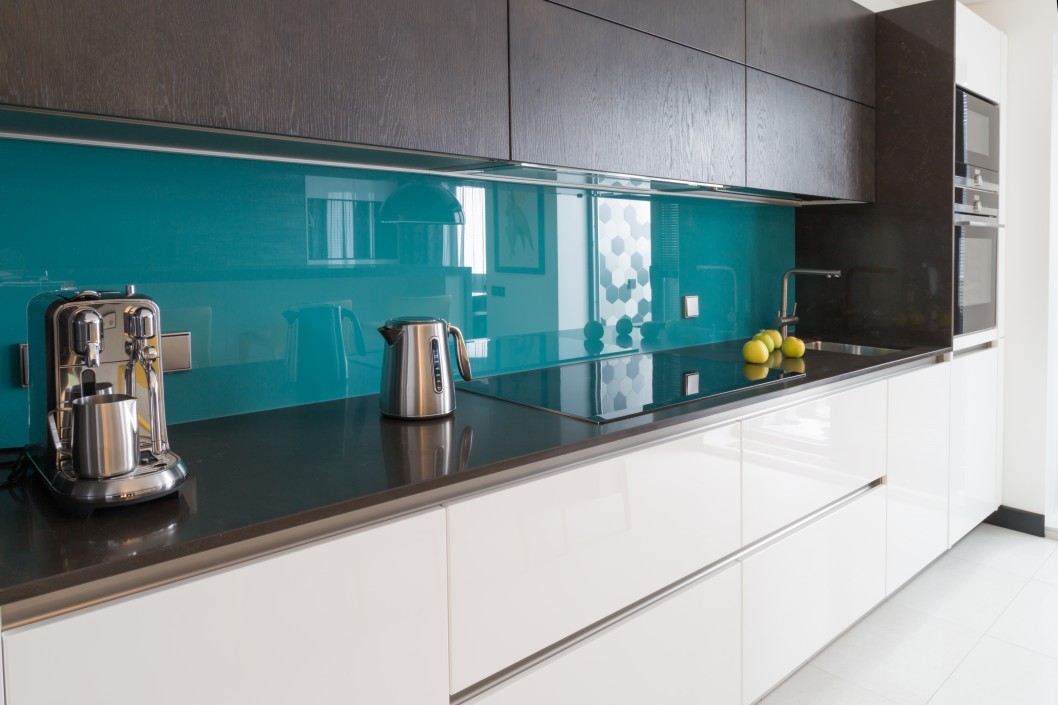In light of recent current events, many of us are spending an unprecedented amount of time in our homes with limited access to the day-to-day activities that help provide us with a semblance of normalcy. For most, the result is this: lots and lots of down time and a general sense of unbalance. Now, we too have seen much of the mass online messaging that offers the chiding advice to “make the most” of this time, and so we gently say: For those who are using this down time to process, we honor and support you. And for those who feel a desire to keep busy during these strange times, we recommend taking the leap to tackle your spring cleaning.

Spring Cleaning Benefits
For all of our fellow social distancers who are just itching to keep busy, spring cleaning is a great way to occupy time, and it works to uplift your mental and physical health which is certainly a welcome benefit during these trying times. In fact, reports from experts 404 say benefits can range from improved mood and reduced stress, to illness prevention and improved breathing.
Here at BBB we recommend the three C’s approach to spring cleaning: create, clear, and clean.
Create
Spring cleaning your entire home might seem like a daunting task. To help negate this, try creating a list or a coming up with a game plan for what you’d like to see accomplished. Consider adding on projects you may typically ignore or push off, like septic maintenance 429 or closet clean outs. And the best thing about a list? The satisfaction of crossing off a completed task! Now, when creating your game plan, think about what sort of cleaning system usually works best for you and/or your housemates. Do you prefer completing one room at a time? Or once you start dusting in one room, do you prefer to go ahead and dust the whole house? Regardless, knowing what you want to do, and how you’re going to do it are helpful in making your spring cleaning feel less intimidating.
Clear
Clearing away unwanted or unused items during spring cleaning helps to tidy and open up the space in your home. You’ll feel better after this decluttering - we promise. To start, gather up clothes and shoes that no longer fit or go unworn, broken items you never got around to fixing (it’s been years, my friend - time to let it go!), and toys your kid’s have outgrown, and then ready them for rehoming to a place in need or disposal (speaking of disposal, are you using yours properly?). If the items are still good quality, try donating them to a local nonprofit. After all, it feels good to do good!
Clean
The last, but certainly not least “C”: clean. Now, more than ever, cleanliness is of the utmost importance. With new viruses (looking at you, COVID-19) reportedly able to survive on surfaces for up to 72 hours and seasonal allergies affecting those with sensitive respiratory systems, it’s vital to sanitize and remove dust from surfaces. When spring cleaning, take special note to include those hard to reach or generally forgotten areas, such as tops of ceiling fans, behind heavy furniture, or between appliances.
Happy spring cleaning, and stay safe and sane out there friends!
If you enjoyed this article, check out these other articles:
Five Things To Avoid Putting In Your Garbage Disposal
